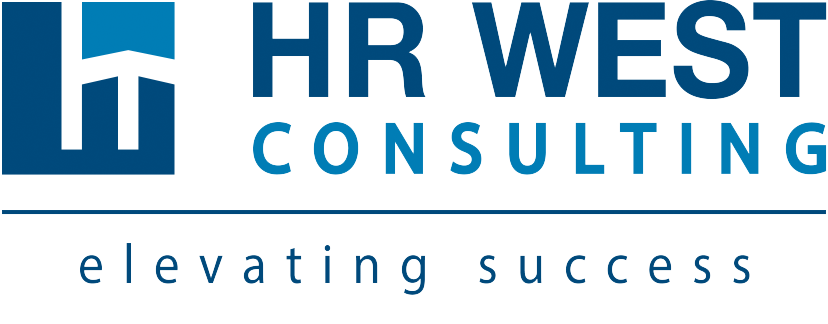The following article was originally published in InnFocus magazine, Fall 2017 Edition. See it online at:http://www.emcmarketing.com/sites/emcmarketing.com/files/file_upload/InnFocus/2016/InnFocus_Fall_2017.pdf
by Veronica Lyver
Many organizations make internal promotions a business strategy. The large hotel brands I have proudly represented throughout my career made developing talent from within a business priority. Internal promotions are something this industry does extremely well. If you ask most General Managers, they will happily tell you they “grew up” in the business. Investing in people as though they are your greatest asset is what will truly set your operation and your career apart.
Evaluate and Rank Your Workforce
First, rank your employees. The word “ranking” may sound harsh; it’s a crucial step in determining who your superstars are and who are warming the bench. Your goal is to spend time, money and resources on those who will grow the business. Who are tomorrow’s leaders? Who are the activators that show the most potential? These are your star performers. Involve your future leaders in devising their career maps with a balance of business needs and the route they are seeking. Do this work knowing that the map may change a few times; if you reflect on your career, it likely had several maps that were not followed.
When the employee buys into the
development plan, you will often see
an employee’s appreciation for the
organization deepen.
Succession Planning
To create a culture of promoting from within, start with a plan - succession planning is all about the planning. Map it out so that your workforce is focused and driving business results and you will be able to see who is aligned with the outcomes you need for success.
Succession planning often consists of four main areas: (1) evaluate and rank your workforce; (2) create a map for the highest performers that consists of possible next steps (sometimes even 2 or 3 steps); (3) write a development plan that develops, mentors, invests in them; and (4) execute your plan.
Evaluate and Rank Your Workforce
First, rank your employees. The word “ranking” may sound harsh; it’s a crucial step in determining who your superstars are and who are warming the bench. Your goal is to spend time, money and resources on those who will grow the business. Who are tomorrow’s leaders? Who are the activators that show the most potential? These are your star performers. Involve your future leaders in devising their career maps with a balance of business needs and the route they are seeking. Do this work knowing that the map may change a few times; if you reflect on your career, it likely had several maps that were not followed.
Write a Development Plan
Once you have evaluated each employee’s attitude, knowledge, skills, and abilities and identified a course of action, you can begin to work on a development plan. Where do you see this person’s best skills utilized in the future? What two or three skills does this employee need to learn to grow in his or her current job, advance to the next level, or seek a new job? What are the employee’s professional interests? Are they willing to relocate? Do opportunities exist within your group and the company for this employee to advance? If so, what are they?
A development plan can start with a questionnaire for both manager
and employee. Employees will need to answer questions such as: What are my lifestyle needs (limited or no travel, set work schedule, etc.)? What are my key transferable skills—those skills that are not job-specific and that can be applied to work in many positions (basic computer skills, negotiation skills, financial analysis)? Do I think I currently perform up to your potential? Why or why not? What is my overall level of satisfaction with my current position? What part of my work would I like to continue, or do with more skill? What would I like to be doing two years from now?
What kind of training would I need?
Come together to review these questionnaires and begin to put a development plan in place; both you and the employee should be fearless in this conversation. It’s important to put together a detailed plan that will address any gaps that may exist between the knowledge, skills, and abilities required for the future position and what the employee currently demonstrates. If you want to get your people ready for the next step, you must invest in them. Investment can be as simple as additional on-the-job training, a series of leadership courses, or even a faculty extension program offered by a local college or university. It’s often a combination of personal investment of time on behalf of the employee, and the opportunities the employer is willing to coordinate with them. When the employee buys into the development plan, you will often see an employee’s appreciation for the organization deepen, and the drive and motivation required for their side of the equation become easy to tap into.
Development plans vary in length and complexity. Depending on the position(s) you are preparing the person for, it may be years or sometimes just months. Continue to meet with your employee on a regular basis to ensure the plan unfolds as promised. Each role will have unique
qualifications and competencies required. A position like Financial Controller may require a specific designation such as CPA (Certified Professional Accountant). Other positions, such as Shift Supervisor, may require a series of supervisory training classes such as how to switch from peer to supervisor. It may also require mentorship from someone
else in the organization.
Providing trainees with a strong knowledge base of operations combined with intense leadership training proves to be an excellent development plan
Management Trainee Programs
I’ve enjoyed great success with implementing a structured management trainee program as a form of a development plan. Often, you will see management trainee programs as add-on positions that require the Providing trainees with a strong knowledge base of operations
combined with intense leadership training proves to be an excellent development plan. candidate to train hands-on within a rotation of multiple departments. Management trainee programs can also be coordinated around areas
that already exist within the organization. An example of this is rotating a group of trainees through three assistant manager or supervisory positions within operational departments such as housekeeping, front desk, and restaurant. Providing trainees with a strong knowledge base
of operations combined with intense leadership training proves to be an excellent development plan. It is all mapped out and budgeted for ahead of time. Everyone commits to the program and knows what’s in store for them. This program produces specialized talent who are ready for
a Department Manager level move in as little as two years. Of course, the magic is to start with the right people. Hiring for attitude; training for skill still stands true in this business.
Consider how you approach other critically important drivers in your business. If you have regular Rev Max meetings, why wouldn’t you have regular People Max meetings focused on the people who have the highest impact on driving revenue? Your top performers are the magic of a successful business. These people stay where they feel wanted, appreciated, and see themselves growing and developing.


